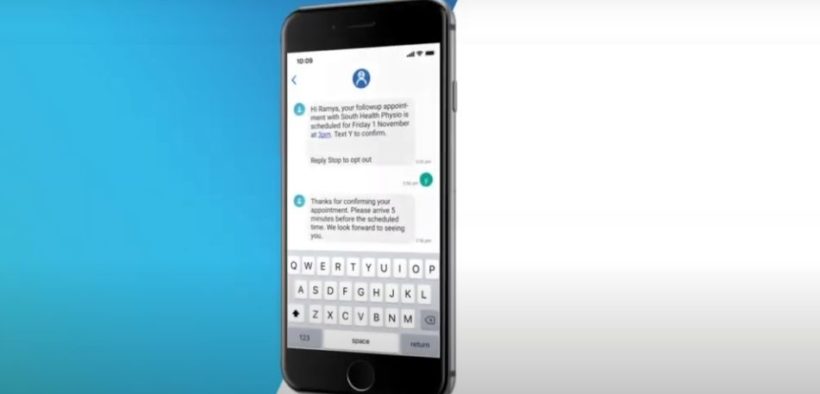After a devastating six months of tragedy due to COVID-19 and the country’s bushfires, 2020 has left many Aussies in a state of flux, fear and frustration.
Connection is now even more crucial as all industries, from big businesses to community organisations, attempt to navigate this ‘new normal’. Strategies and operations have pivoted; sparking a strong uptick in digital acceleration.
Whilst physical interaction is often the foundation of communication; NFPs and community initiatives are now embracing familiar technology, such as SMS, to maximise impact.
Improving response rate
According to our 2019 global consumer study, 73% of Aussies agree that a text message is more likely to get their attention than an email or app notification, while the average response time to an SMS is 90 seconds. Already heavily employed by businesses, not-for-profits are now beginning to leverage the speed and familiarity of text message technology to connect with their communities.
Earlier this year, Bellingen Shire – a group of small communities located in regional New South Wales also deeply affected by bushfires – quickly put together a mutual aid Neighbourhood Community Network (NCN) in preparation to withstand the COVID-19 pandemic.
While socially distancing and isolated at home, the NCN needed a digital platform to easily interface with its base of over 500 volunteers in order to support and serve the emergency needs of their communities, some of which are remote.
Fast responses and ease-of-use were at the core of their needs. Email, their initial choice, proved unsuccessful with a slow response rate of 8.4%. After the suggestion from a volunteer who had previously used text messaging during foreign aid missions, the NCN quickly adopted SMS and achieved a response rate of 30% to their first communication.
A more personal connection
While most of us are familiar with text messages as a convenient way to connect with friends and family daily, it can also be used to generate instantaneous results for NFPs. Distinct to many other communication platforms, SMS allows for a more personalised connection between the organisation and recipient, whether that’s seeking donations, rallying support for a cause or serving those who need immediate help. Not to mention, you’re reaching individuals where their attention lies most – their phone.
Not only did SMS see immediate responses from the NCN’s vast community of volunteers, the accessible nature of the technology helped the network connect their community more effectively. While passive callouts achieved an average response rate of 26%, one active campaign to refill donations for the local Neighbourhood Centre’s ‘Cupboard of Plenty’ received an astounding response rate of almost 50%. Within one day of their SMS blast, the cupboard was overflowing with dry goods and food for people who needed it.
Effective communication is crucial in a crisis
As we are continually disconnecting physically, our communication solutions need to be chosen wisely.
Having the right technology on hand to achieve your communication objectives is essential. SMS is easy-to-access for anyone (no fancy software or smartphones required), nimble and able to reach stakeholders directly and quickly. It is also a cost-effective choice for budget-strained non-profits, and easy to use for the not-so-tech savvy.
As Bellingen’s NCN found, SMS was the catalyst for a more connected community network, as well as increased impact by way of food, supplies and support.
Anushka Wijendra is COO at MessageMedia. MessageMedia is a global messaging provider that has helped more than 50,000 business customers worldwide better connect with their consumers.


































































































































































